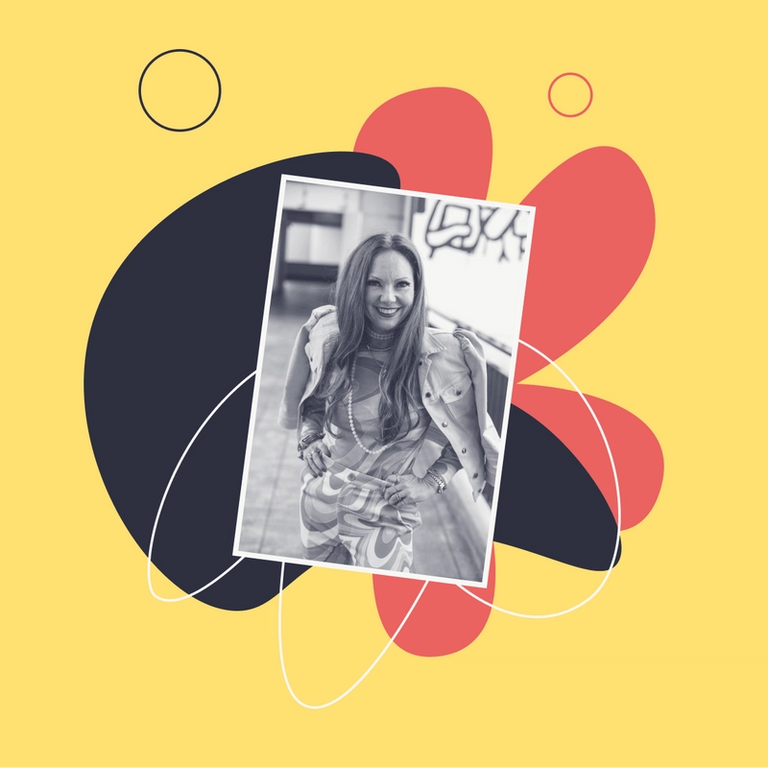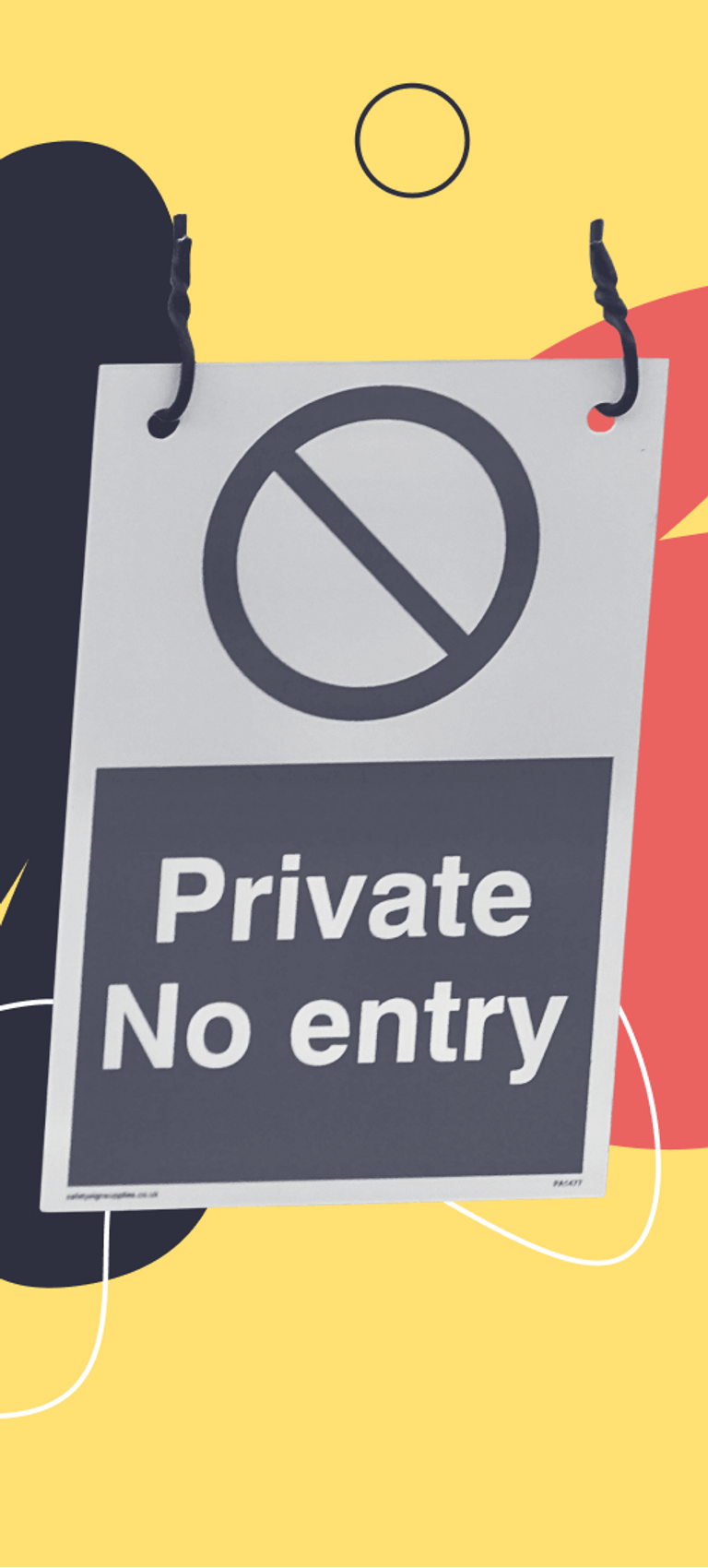In one of our past newsletters, we highlighted our partner Gamut Management – a consulting and talent management company supporting people with disabilities (PWDs) – and its new tool, the Seal of Approval™. The Seal is a mark that will be featured across apparel products to signify their authenticity as truly adaptive and their inclusion of PWDs in the development and marketing.
We spoke with Gamut and Runway of Dreams founder and CEO Mindy Scheier about her vision for the Seal and the opportunities she sees in the adaptive apparel space.
Why did you decide to develop the Seal?
For the past decade, the market in the adaptive space has been extremely limited. Because of that, consumers have a massive lack of trust in brands. We'd ask ourselves, "How do we know this brand didn't simply stick magnets and velcro to their products just to say they're adaptive?"
On the other side, many companies told us they were struggling to let consumers know their adaptive products existed and about the time, investment and resources dedicated to developing these clothes authentically. So creating the Seal was a natural solution for this.
What are some of the biggest challenges and opportunities in the adaptive space at the moment?
The challenge is the opportunity. It's estimated that by 2026 the global market for adaptive apparel space will be worth $400 billion. The challenge in this opportunity is helping brands truly understand consumers with disabilities. When we first partnered with Tommy Hilfiger in 2016, I'd constantly be asked, "There must be a reason why no brand has entered the adaptive apparel space before?" Some mom-and-pop brands were offering these products, but nobody was at the mainstream level. Unfortunately, PWDs had never been considered customers before.
Each year, we are chipping away at the challenge of adding more brands to the sector. We receive so many messages that say, "finally there's a place to find these kinds of products!" which is so rewarding.
At SOON_, we're big proponents of the importance of web accessibility. From your perspective, what systems still need the most work including PWDs?
We are focused on the holistic picture of the customer journey. Every touchpoint, digital or physical, has to include PWDs. Right now, most brands' adaptive products are only available online. The fact that there are so many inaccessible retail websites also contributes to that lack of trust that brands are doing this for the right reasons.
In addition to improving hiring practices, how can digital companies be more inclusive?
Have PWDs in your images. If you're promoting a service or a product that a PWD would be able to authentically use as well – why not use a photo of a PWD and acknowledge them as part of your audience? Seeing someone with a disability in a campaign, whether wearing the product or representing it, makes such a difference. I don't want to speak to all brands, but I think it can be relatively simple for some.
There's so much talk about equality and inclusion, but unfortunately, many companies and brands fail to include PWDs. Many people don't realise that most of us will be part of this group at some stage in our lives. For example, we may lose mobility as we age or if we suffer a temporary injury. So I'd like to challenge brands to rethink their approach to inclusivity and consider if they are being genuinely inclusive. Every organisation can make a difference in somebody's life with a disability, regardless of their industry. We all have that power.



